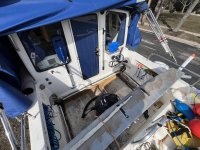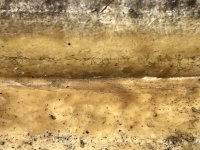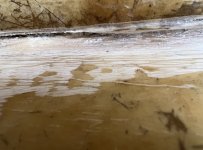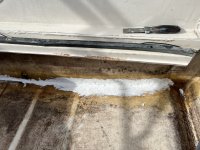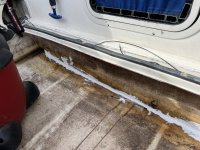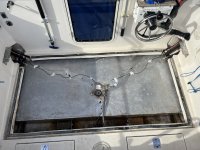colbysmith
Active member
- Joined
- Oct 2, 2011
- Messages
- 5,036
- Reaction score
- 14
- C Dory Year
- 2009
- C Dory Model
- 25 Cruiser
- Hull Identification Number
- UWH25301J809
- Vessel Name
- C-Traveler
The job is mostly done. Tomorrow I'll clean up the caulking (some ridges left from pulling the tape), and finish installing the side boxes. In the first photo below you can see where I taped around the area that will get caulked. I used painters tape, and then used 4000UV to caulk around the entire floor and steps. I did not fill the entire void around the cockpit floor, but rather just put enough caulking to seal the floor. After caulking the floor, I pre-positioned the steps to insure I didn't need to sand or shape them anymore after repairing them with fiberglass. Everything looked good, so I reinstalled the metal brackets on the steps, that hold them in the boat. Then I placed them back in the boat and taped the floor and sides just outside of where I'd caulk the steps in. I also taped the steps before placing a bead of caulk around the edges of the step. Then carefully I placed the steps in position, attached the brackets to the sides of the cockpit, and finished caulking around the corners. Colby
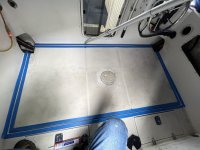
Mostly finished


Mostly finished



